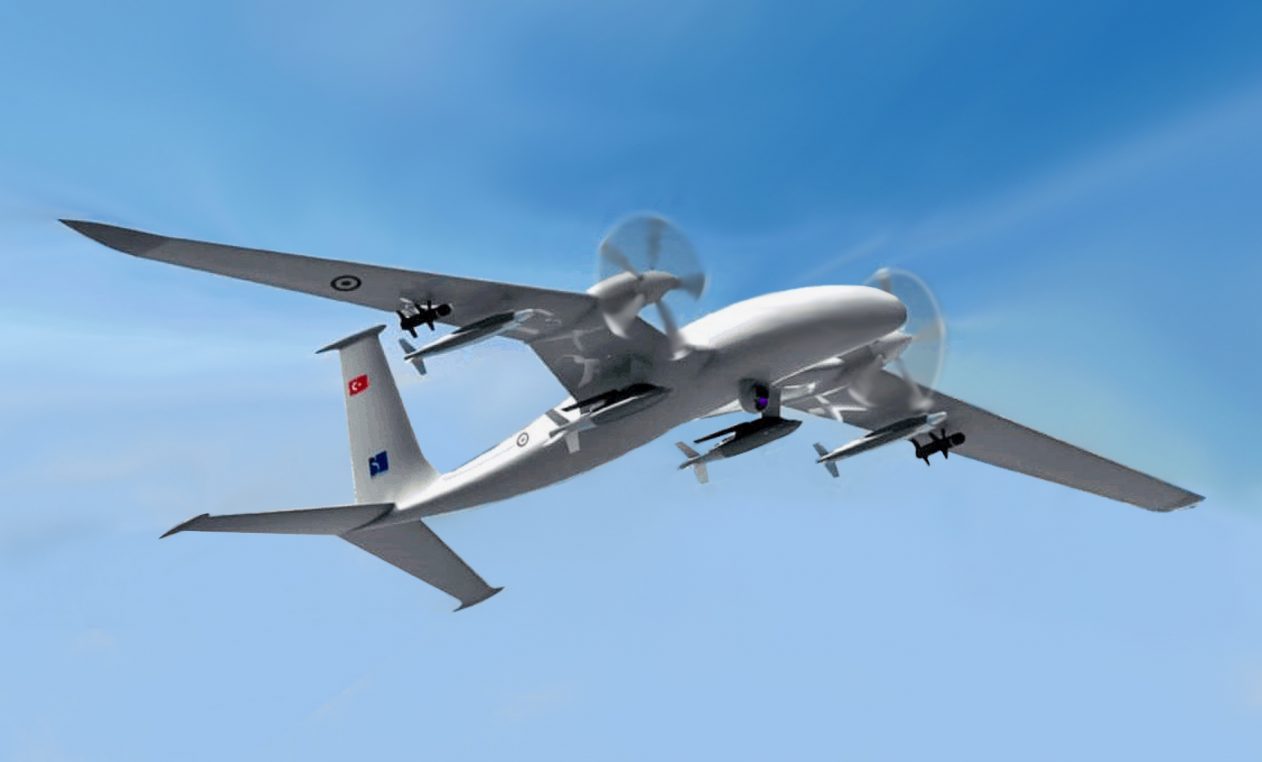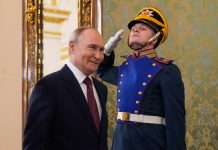Air warfare is evolving continuously due to Unmanned Aircraft Systems (UAS). UAS, according to military experts, are more accurate than manned aircraft, allowing for little attrition while keeping pilots safe.
Super Show In Ukraine War, Japan’s Military Gives Elon Musk’s Starlink A Trial Run Amid Chinese Bellicose
UAS are criticized for being unethical and frequently killing innocent individuals while frightening society on the ground.
However, as they get quicker and more resilient, they are also being employed more and more on the battlefield, resulting in a hypermodern conflict where these are essential for fighting, surveillance, and reconnaissance tasks.
Ukraine-Russia’s ongoing conflict has thrown up this challenge for global military analysts. It is also observed that disruptive technologies like artificial intelligence (AI) might herald a future in which most military confrontations are managed remotely, possibly even by AI.
Utilization Of UAS
Over the past decades, military forces have successfully used UAS to perform various tasks, which include:
- Intelligence, Surveillance, and Reconnaissance: This refers to collecting and disseminating intelligence information.
- Close Air Support: This refers to neutralizing enemy ground forces close to the battlefield.
- Logistics Support: This refers to transferring men and material on the battlefield to support operations.
- Communications: This refers to increasing communication connectivity for enhanced operational reach.
Military analysts argue that UAS could further replace manned aircraft for several missions, which may include:
- Aerial Refueling
- Air-to-Air Combat
- Suppression and Destruction of enemy air defenses
- Combat Search and Rescue
- Electronic Warfare
Some of the arguments that must be put in immediately for the understanding of employability in respect of both platforms are as follows:
Advantages And Disadvantages Of Manned Aircraft Systems
Piloted Control: Manned aircraft have the advantage of having a pilot who can make real-time decisions and adapt to changing situations. Pilots can assess the environment, exercise judgment, and respond effectively to dynamic combat scenarios.
Complex Missions: Manned aircraft are typically better suited for challenging missions that require human expertise, such as air-to-air combat, close air support, and sophisticated target identification and engagement.
Crew Interaction: Manned aircraft allow for direct human interaction within the aircraft, facilitating coordination, communication, and collaboration among the crew members, enhancing their situational awareness and decision-making abilities.
Psychological Impact: The presence of human pilots can have psychological effects on adversaries, making manned aircraft effective for deterrence and influencing perceptions on the battlefield.
Advantages And Disadvantages Of Unmanned Aircraft Systems
Aircraft Performance/persistence and Endurance: The ability of UAS for continuous availability and sustained endurance has the edge over manned aircraft due to its performance.
Risk Tolerance: The risk-taking capability of UAS goes beyond comprehension when compared with crewed aircraft since they are expendable.
Cost of operations: The overall cost of operations gives an edge due to its self-sustainability and limited support required during operations.
Personnel implication: The most crucial thing of non-involvement of pilots during actual flying waves of this requirement regarding capability and expertise in sensitive missions.
Artificial Intelligence intervention: This disruptive technology is preparing itself to change the nature of warfare. The roles which will be affected are:
- Combat mission support/collaborative combat aircraft/ manned-unmanned teaming
- Autonomous dog fighting
- Swarming
How AI Is Entering Air Warfare
The Libyan opposition troops were attacked by a quadcopter that weighed 15 pounds and was made in Turkey, according to a report by the UN.
It would have been the “first known case of artificial intelligence-based autonomous weapons being used to kill” if anybody had perished in that March 2020 attack.
The drone, known as a lethal autonomous weapons system — or LAWS — attacked humans without approval from its operator. The 548-page report claimed that the AI drone – a Kargu-2 quadcopter, attacked the fleeing troops.

According to author Paul Scharre, the finest weapons systems blend computer intelligence with human intelligence to produce hybrid cognitive structures that use both advantages.
He also says using a cognitive structure like this can produce greater results than relying only on people or AI.
He claims that using human and machine cognition in engagement decisions may provide automation’s accuracy and dependability without compromising human flexibility and robustness.
The only way to stop autonomous weapons from acting against their operators due to erroneous reasoning, software bugs, or adversary intervention may thus be to design human-in-the-loop systems architecture.
UAS And Geopolitics
The primary benefit of UAS is their value as instruments for governments. Without any significant human involvement, UAS may produce an immediate effect. The Clausewitzian axiom that “the war is a continuation of politics by other means” best describes the relationship between war and politics now more than ever.
One of the biggest benefits of future warfare is that it will reduce the casualties caused by sending a machine on tasks that would typically need troops or human pilots.
How UAS Are Changing Air Warfare
UAS operations by American forces in Afghanistan, Pakistan, or Yemen are covert, targeted killings that resemble hunting more than bombings on military objectives.
For instance, the fight between Armenia and Azerbaijan in 2020 demonstrated how unmanned platforms might overwhelm and subjugate conventional platforms utilized by conventional militaries.

However, how drones are utilized in Ukraine contrasts sharply with how the US has employed them in the fight against terror. Both sides in the conflict in Ukraine operate drones as tactical tools for various operations, including battlefield reconnaissance, artillery spotting, and assaulting armored vehicles and missile launchers.
What Lies Ahead
It’s worth noting that the combination of armed and unarmed aircraft will probably be used to fight tomorrow’s war, each combining its abilities. To benefit from the advantages of both types of airplanes, integrated systems are being designed which operate in conjunction with unmanned platforms.
It could enhance tactical situational awareness and the lethality of the manned platforms while improving their survival chances. The innovative concept of action could revolutionize future warfare planning and conduct, giving importance to the concept of interoperability between connected systems.
China, Russia, and US are continuously developing and testing the concept of collaborative combat aircraft and manned-unmanned teaming.
In the Indian context, this concept is being developed as Combat Air Teaming System (CATS) by Hindustan Aeronautics Limited (HAL) in collaboration with Defense Research and Development Organization (DRDO), National Aerospace Laboratories (NAL) & a Bengaluru-based private start-up, Newspace Research & Technologies.
Given the opening up of the Indian private sector in defense manufacturing, there is a need to ensure the timely completion of this project as envisaged for taking Indian defense capability to a new frontier.
- Group Captain Arvind Pandey(Retd) is a geospatial intelligence professional. He is trained in the full spectrum of imagery analysis in aerial and space-borne sensors and has vast experience creating geospatial infrastructure.
- Reach out to the author at arvind.pandey65@outlook.com
- Follow EurAsian Times on Google News




